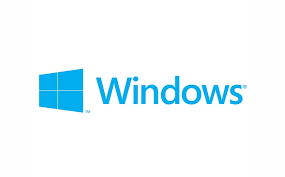 Nothing more bothersome than having some annoying task pop up soon after logging on or a background task slow down your computer while watching a video. One would think disabling Windows auto start tasks is as easy as opening Task Manager and disabling items in the Startup tab as a way to end the annoyance.
Nothing more bothersome than having some annoying task pop up soon after logging on or a background task slow down your computer while watching a video. One would think disabling Windows auto start tasks is as easy as opening Task Manager and disabling items in the Startup tab as a way to end the annoyance.
But for tasks that run out of the blue, which seem more like strange behavior, will have you scratching your head in annoyance. Especially when nothing can be found in the Startup tab to explain the strange behavior in the first place.
read more: Have Strange Behavior With Your Windows PC? Check Task Scheduler First


 So you're having a big party and inviting friends over who are bringing their friends along. No doubt you have everything ready to throw a big bash.
So you're having a big party and inviting friends over who are bringing their friends along. No doubt you have everything ready to throw a big bash.